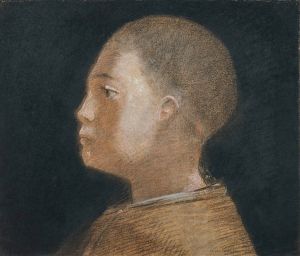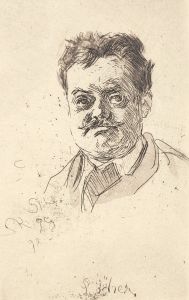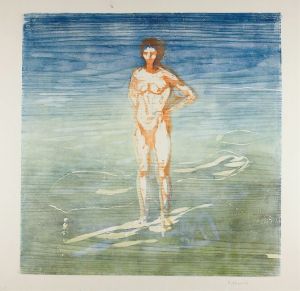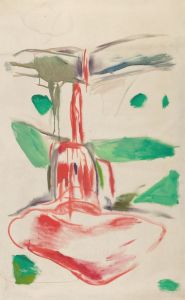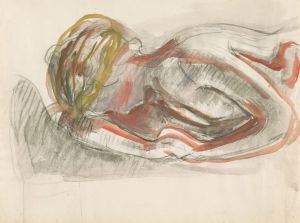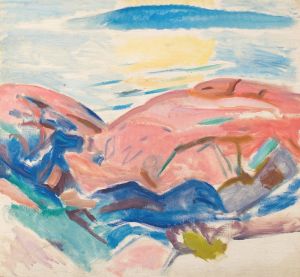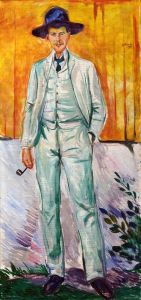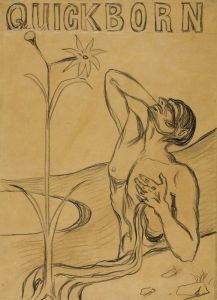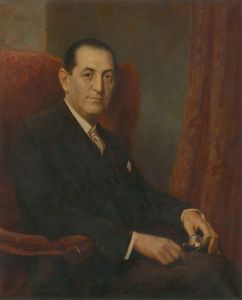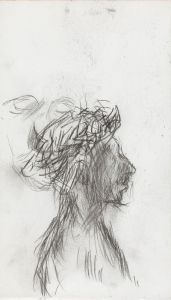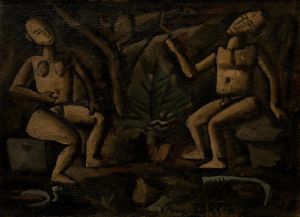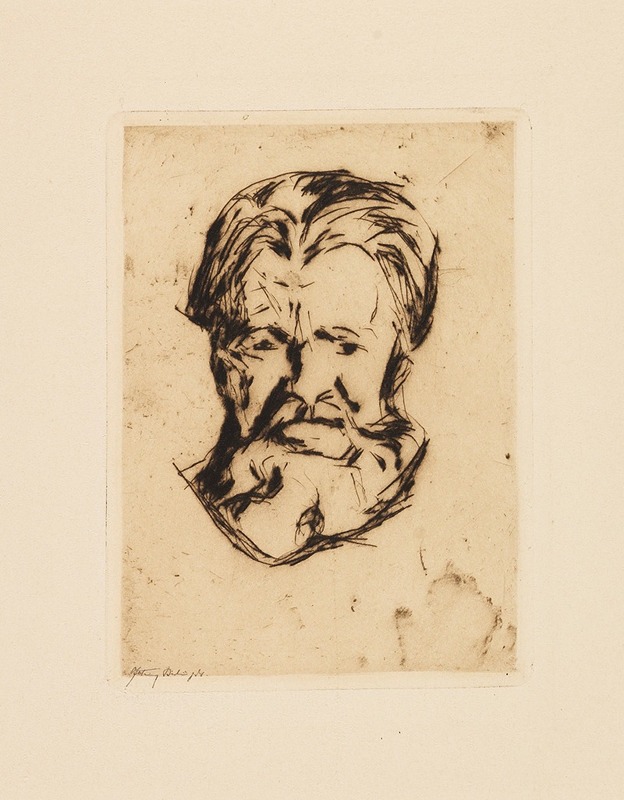
Männerkopf
A hand-painted replica of Edvard Munch’s masterpiece Männerkopf, meticulously crafted by professional artists to capture the true essence of the original. Each piece is created with museum-quality canvas and rare mineral pigments, carefully painted by experienced artists with delicate brushstrokes and rich, layered colors to perfectly recreate the texture of the original artwork. Unlike machine-printed reproductions, this hand-painted version brings the painting to life, infused with the artist’s emotions and skill in every stroke. Whether for personal collection or home decoration, it instantly elevates the artistic atmosphere of any space.
Edvard Munch, a Norwegian painter and printmaker, is renowned for his significant contribution to the Symbolism movement and his influence on German Expressionism in the early 20th century. One of his lesser-known works is "Männerkopf," which translates to "Man's Head" in English. This piece, like many of Munch's works, reflects his deep interest in exploring the human psyche and emotional experience.
Munch was born on December 12, 1863, in Loten, Norway, and grew up in Oslo. His childhood was marked by illness and the early death of his mother and sister, events that profoundly influenced his artistic vision. Munch's work often delves into themes of existential dread, love, anxiety, and death, which are recurrent motifs throughout his oeuvre.
"Männerkopf" is a work that fits within Munch's broader exploration of human emotion and psychological depth. While specific details about the creation date and circumstances of "Männerkopf" are not extensively documented, it is consistent with Munch's style, which often features bold colors, dramatic compositions, and a focus on the inner emotional life of his subjects.
Munch's technique often involved the use of vivid, sometimes jarring colors and expressive brushwork, which can be seen in "Männerkopf." His approach was not just to depict the external appearance of his subjects but to convey their internal emotional states. This focus on emotion over realism is a hallmark of Munch's work and is evident in the way he portrays the human face and form.
Throughout his career, Munch produced a vast array of paintings, prints, and drawings. His most famous work, "The Scream," is an iconic representation of existential angst and is considered a seminal piece in the history of modern art. "Männerkopf," while not as widely recognized, contributes to the understanding of Munch's exploration of the human condition.
Munch's influence extended beyond Norway, impacting artists and movements across Europe. His work was particularly influential in Germany, where he spent several years and where his style resonated with the burgeoning Expressionist movement. Munch's ability to convey profound psychological and emotional depth through his art has left a lasting legacy, making him one of the most important figures in modern art.
In summary, "Männerkopf" by Edvard Munch is a reflection of the artist's enduring interest in the complexities of human emotion and psychological experience. While specific details about this particular work may be limited, it is part of Munch's broader body of work that continues to captivate and inspire audiences with its emotional intensity and innovative approach to depicting the human experience.






